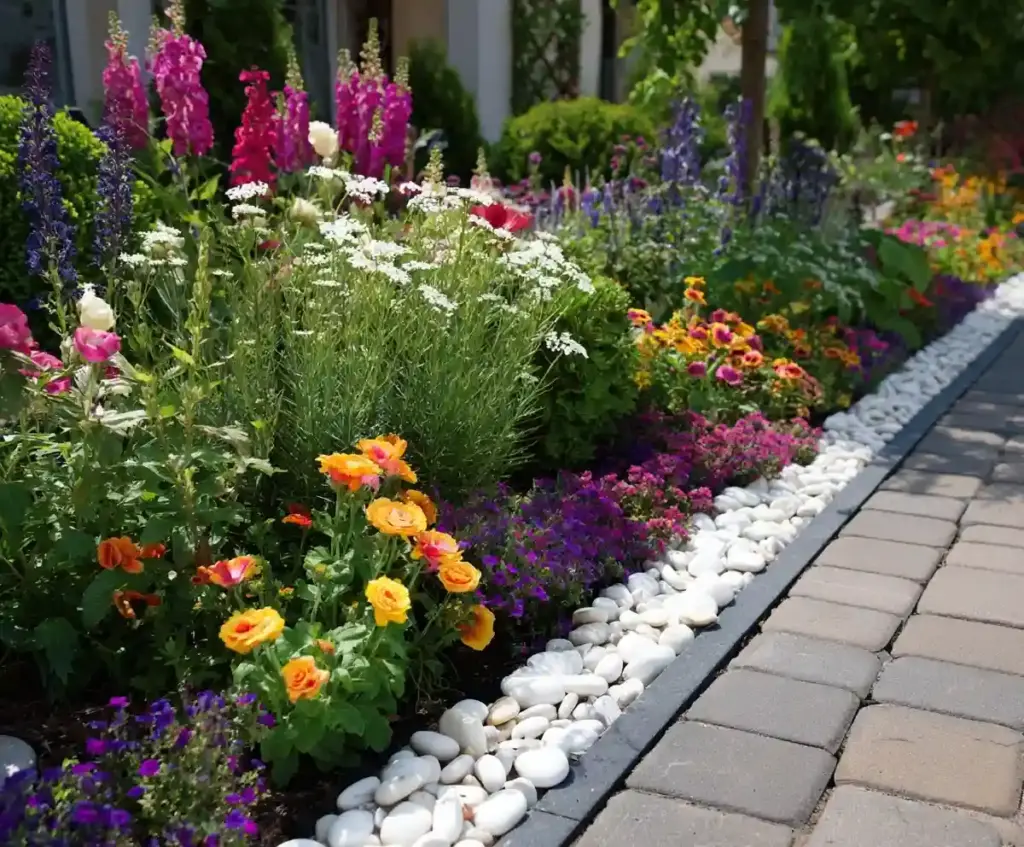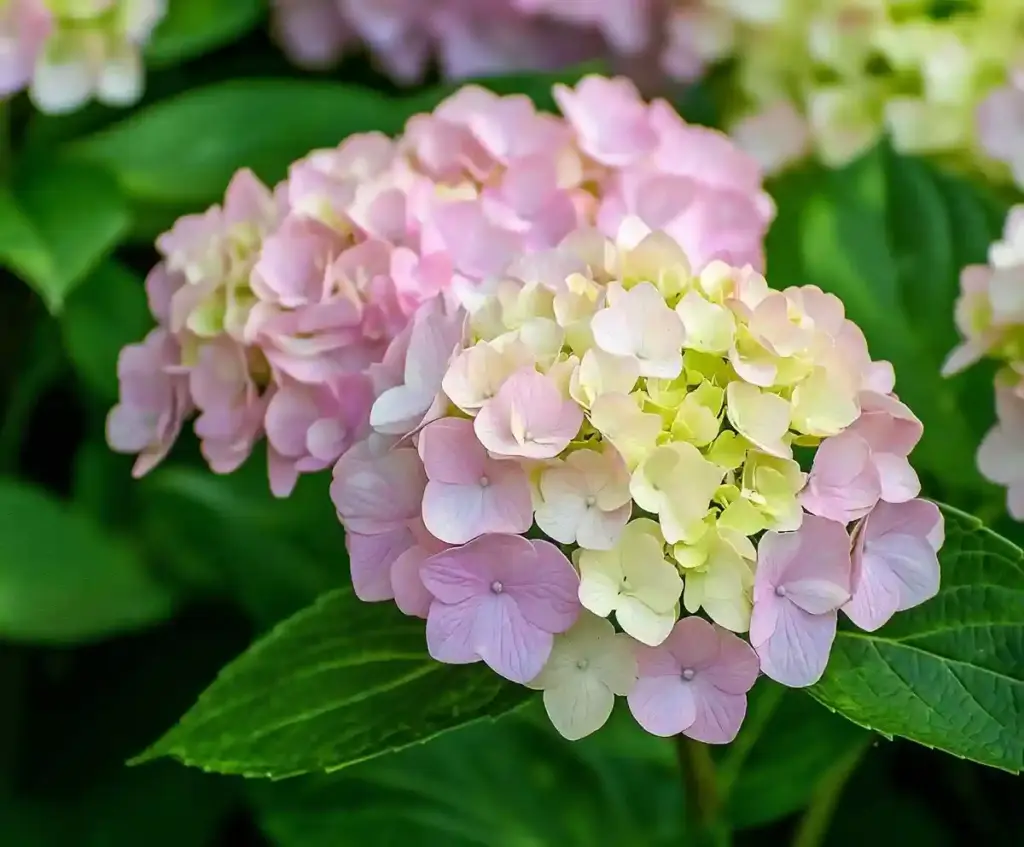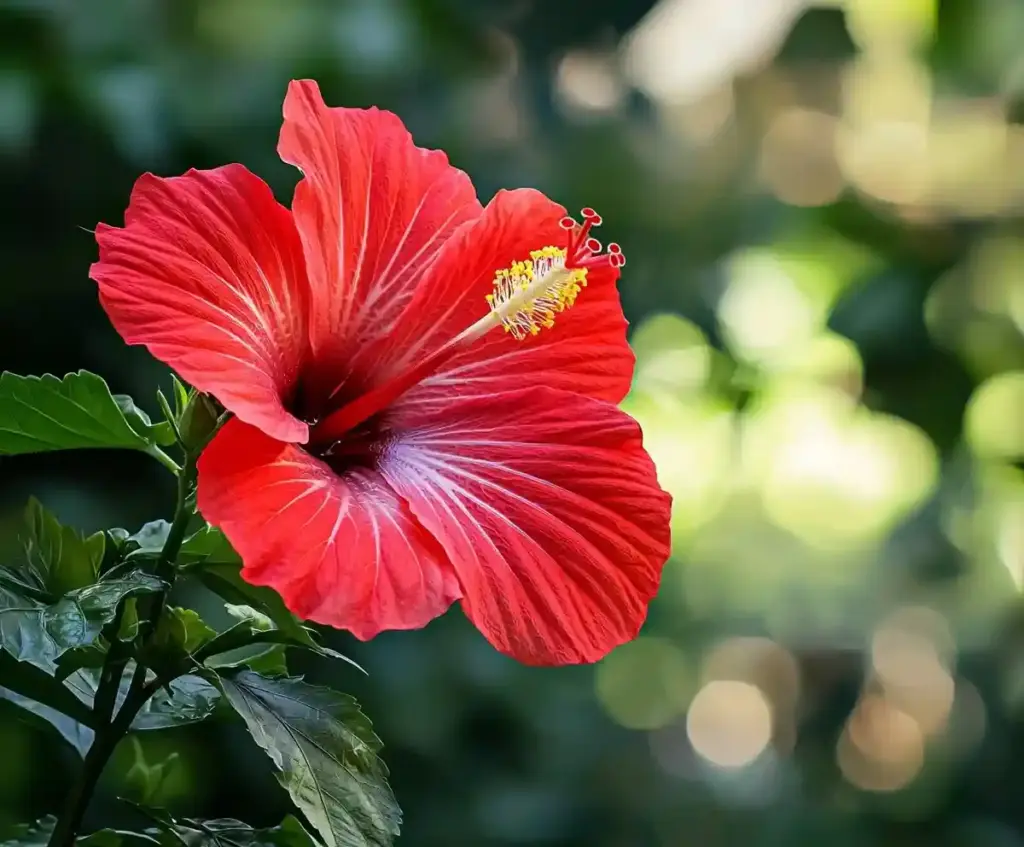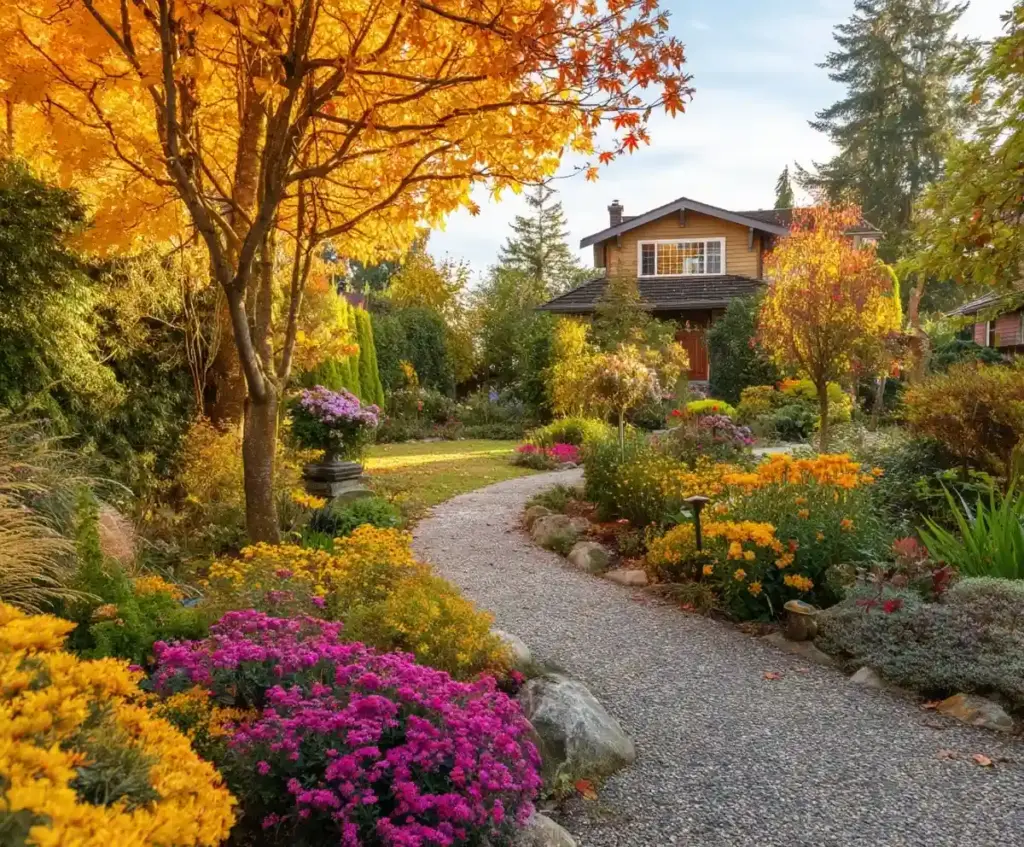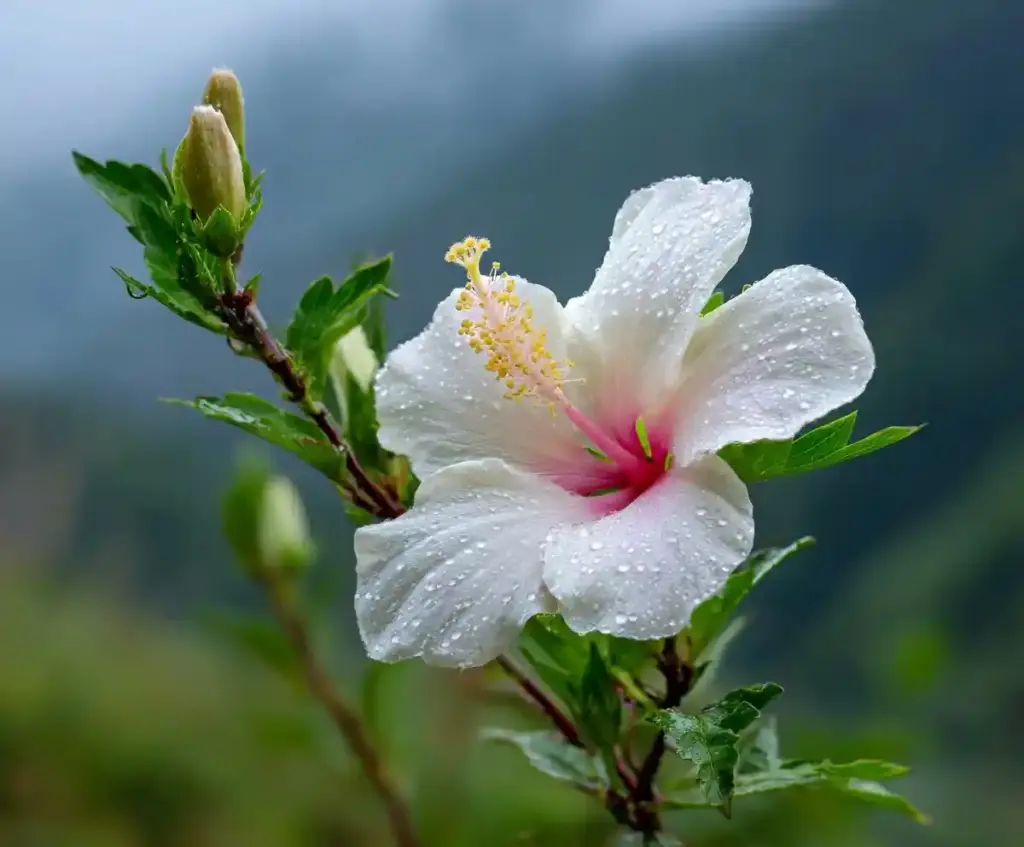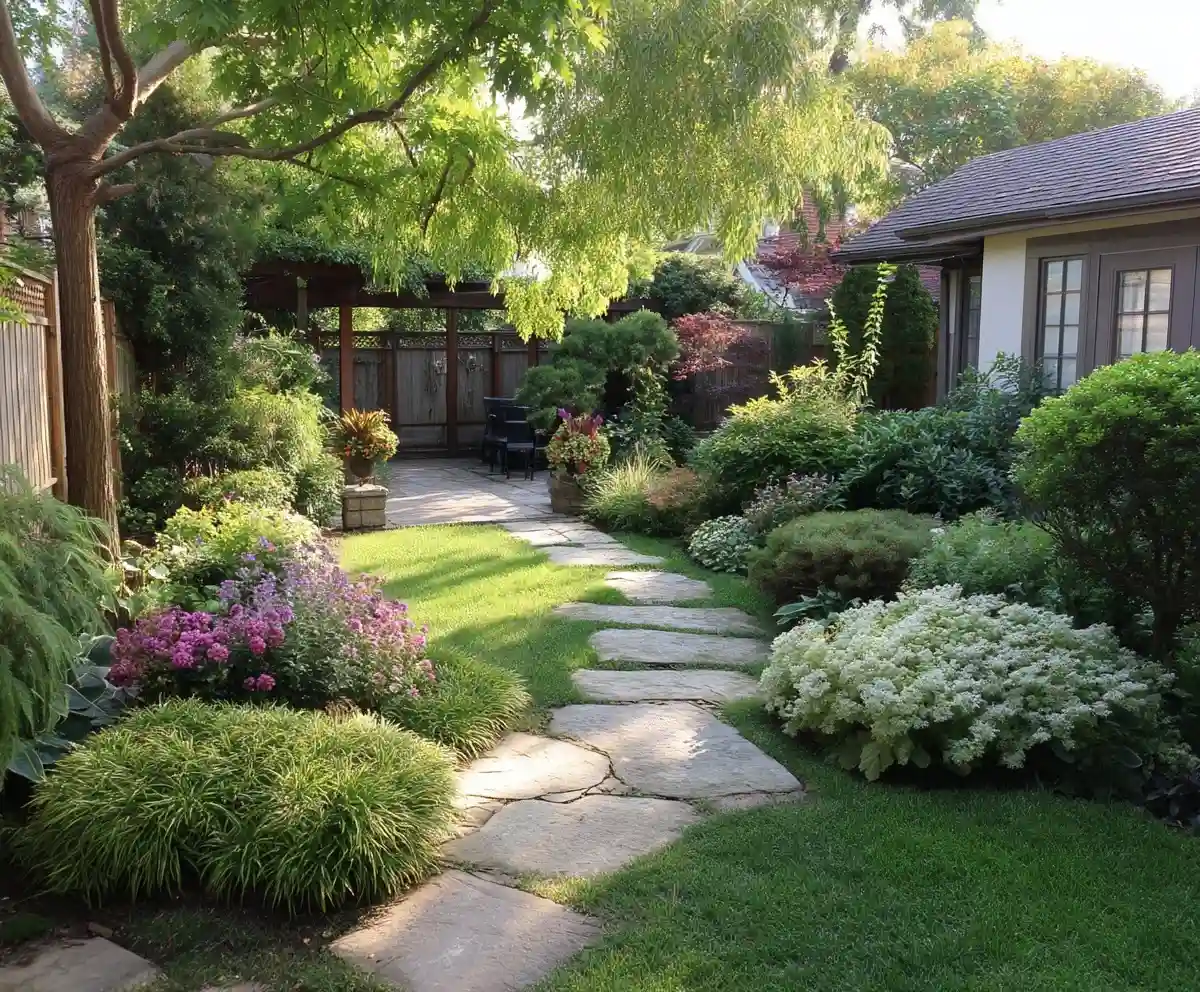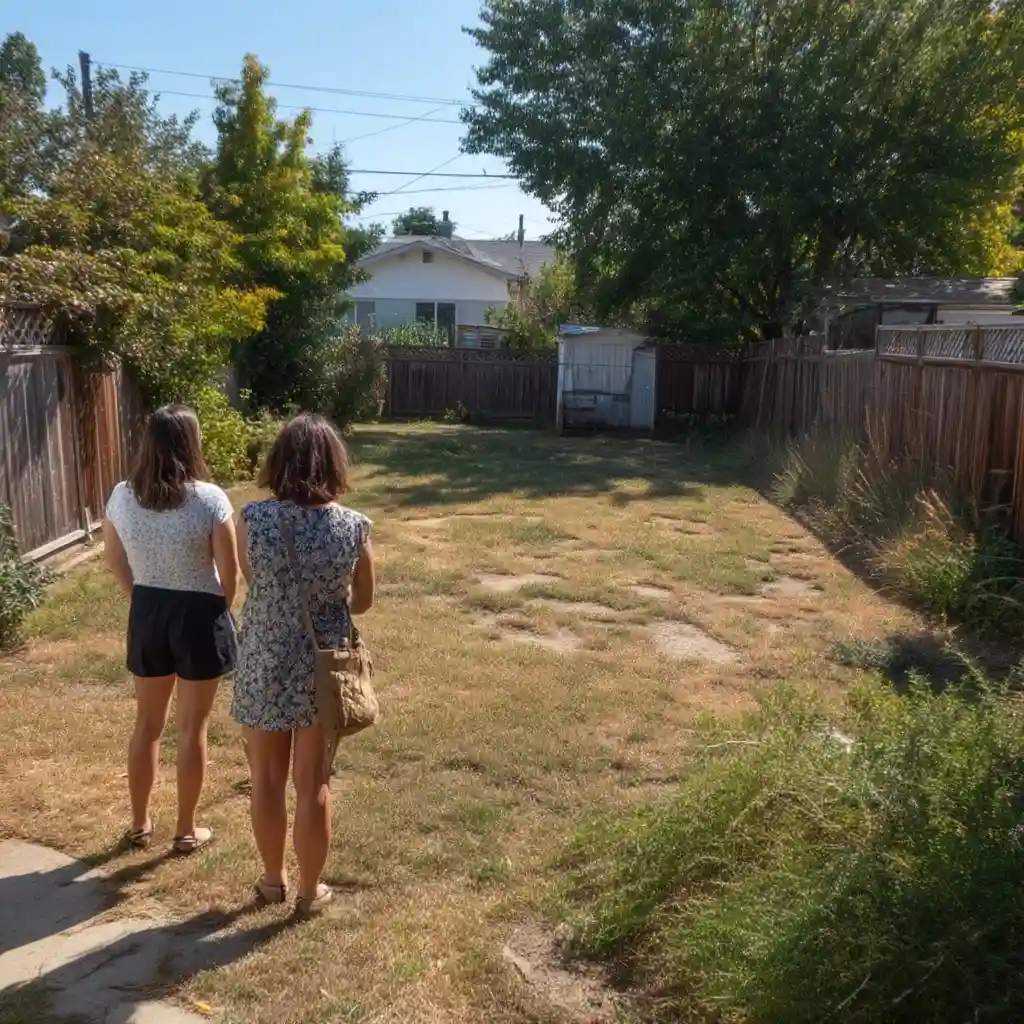Low‑maintenance gardening tips are the key to creating a yard that looks vibrant without demanding endless hours of care. Many homeowners dream of a beautiful outdoor space, but the constant cycle of mowing, pruning, weeding, and watering can quickly turn that dream into a chore. By making smart design choices and selecting resilient plants, you can enjoy a thriving landscape that practically takes care of itself. A few thoughtful changes can cut back your weekly upkeep while still giving you a yard you’ll love to spend time in.
Table of Contents
Evaluate Your Yard
Before making changes, take a close look at your current yard to pinpoint what’s creating the most work. Walk through your outdoor space and note areas that always need attention—like patchy lawn spots, plants that never seem to thrive, or garden beds overrun with weeds.
Make a simple list of what works and what doesn’t. Are there high-maintenance features like a fish pond that requires constant cleaning or delicate flowers that need frequent watering? Once you’ve identified these problem spots, consider replacing them with easier alternatives—such as low-care shrubs, perennial beds, or hardscaping that cuts back on mowing and upkeep.
The goal is to recognize which elements are draining your time and replace them with features that align with a low-maintenance lifestyle. A little observation now will save hours of work later.
Know Your Soil

Healthy soil is the foundation of any low-maintenance garden. When your soil is rich and balanced, plants grow stronger and are naturally more resistant to pests, diseases, and drought—meaning less time spent watering, fertilizing, or troubleshooting problems.
Start by testing your soil to determine its pH and nutrient levels. Local extension offices or home testing kits can give you a clear picture of what your soil needs. Once you know its condition, enrich it with compost, aged manure, or other organic matter to improve fertility, drainage, and water retention.
Well-prepared soil supports robust plant growth, which translates into fewer maintenance headaches. By investing a little time upfront to understand and amend your soil, you set the stage for a thriving, low-effort garden.
Low‑Maintenance Garden Design
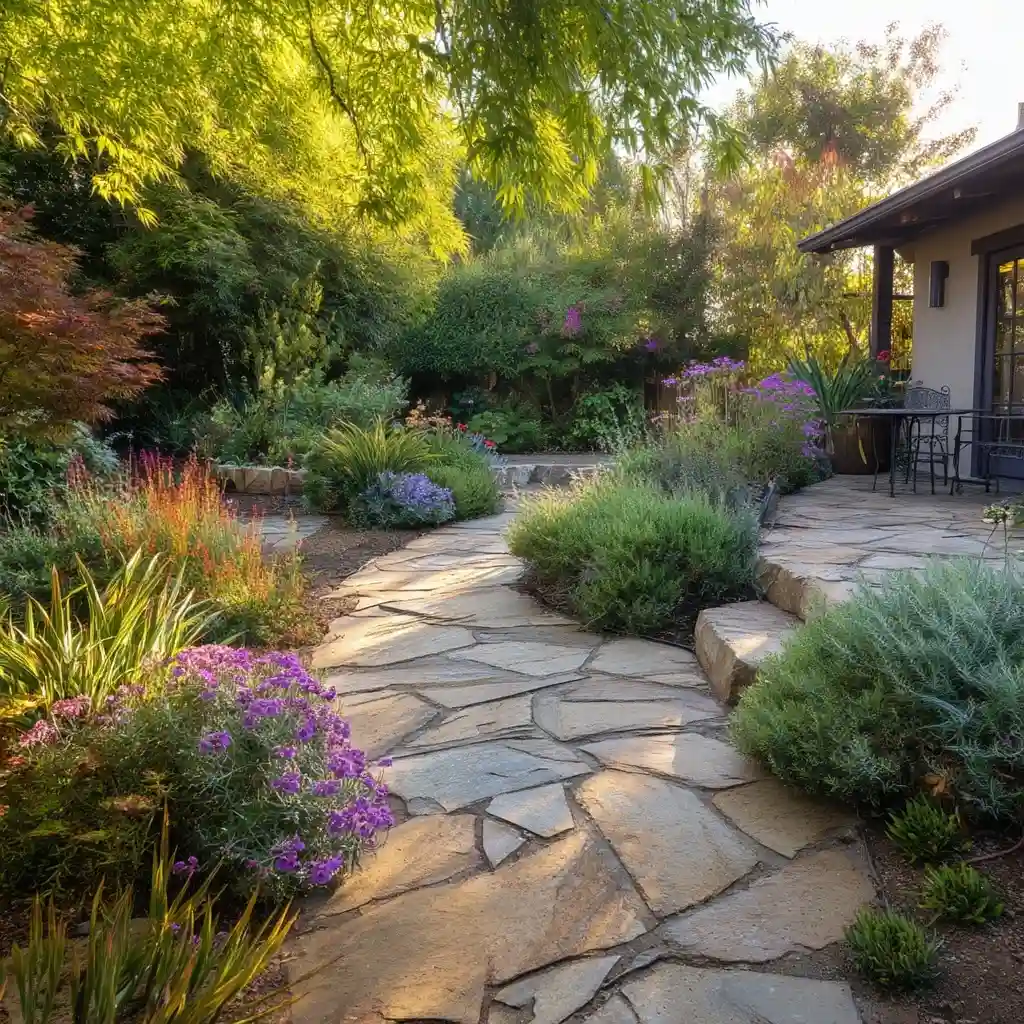
Designing your garden with long-term simplicity in mind will dramatically reduce the hours you spend on upkeep. A thoughtful layout and smart material choices can make your landscape both attractive and easy to manage. Here’s how to structure a low‑maintenance garden that works for you:
Make a Plan
Sketch out your yard before planting or building anything. Identify sunny and shady spots, drainage areas, and existing features you want to keep. A clear plan prevents wasted effort and ensures every addition serves a purpose.
Add Structures
Incorporate permanent features like patios, decks, pergolas, or fences. These create visual interest and outdoor living areas without requiring ongoing care. Durable materials such as composite decking or stone can withstand the elements with minimal upkeep.
Incorporate Hardscape
Pathways, stone walls, and terraced areas not only add structure but also reduce weeding and mowing. Permeable materials like gravel or pavers let rainwater soak in, lowering erosion and water runoff.
Keep the Garden Layout Simple
Avoid overly complex patterns or plant combinations. A clean, uncluttered design is easier to maintain and highlights key features without constant trimming or replanting.
Choose Lower‑Maintenance Options
Skip high-maintenance elements such as large ponds or delicate fountains. Opt for smaller, recirculating water features or simple decorative containers that require less cleaning and upkeep.
Use Durable Garden Accessories and Furnishings
Select outdoor furniture, planters, and lighting made from weather-resistant materials. Solar or LED lights with automated timers, and frost-proof containers, will save you maintenance time year after year.
A smart garden design is the backbone of low-maintenance landscaping, allowing you to enjoy beauty without being tied to a heavy chore list.
Ditch the Lawn
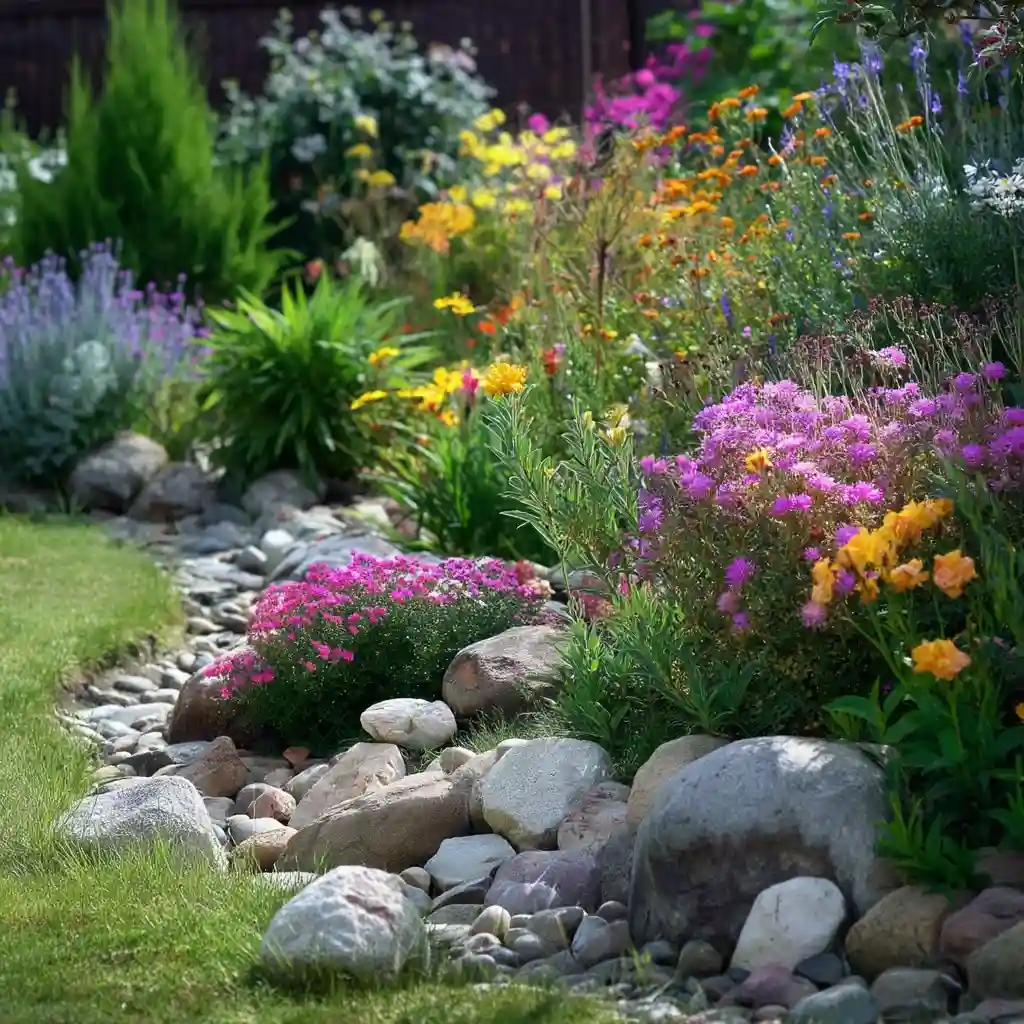
Traditional lawns are often the most time‑consuming part of any yard, requiring constant mowing, watering, and fertilizing. Reducing or replacing your lawn is one of the most effective low‑maintenance gardening tips for saving hours each week.
Add Garden Beds
Replace sections of grass with large, mulched garden beds filled with perennials, shrubs, or groundcovers. Not only do they add color and texture, but they also cut down on mowing and watering.
Create a Rock Garden
Rock gardens are visually striking and require minimal care. Combine decorative stones with drought‑tolerant plants like sedums or ornamental grasses to create a low‑effort focal point.
Use Lawn Substitutes
Groundcovers like creeping thyme, clover, or mondo grass can take the place of traditional turf. They stay green with less water, require little mowing, and often resist pests better than regular grass.
By reducing your lawn area, you’ll spend less time on repetitive chores and more time enjoying a functional, attractive outdoor space.
Choose Low‑Maintenance Plants
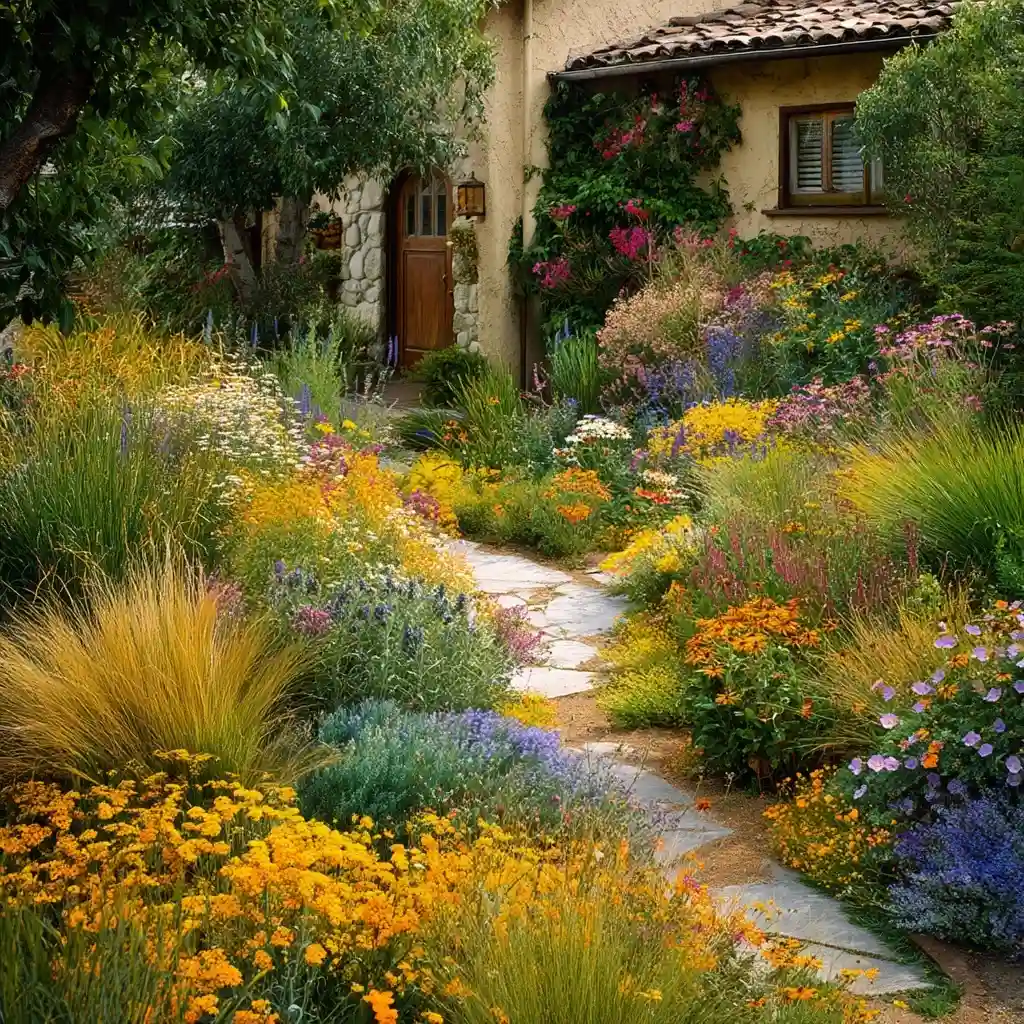
Selecting the right plants is the heart of low‑maintenance gardening tips. When your garden is filled with resilient species that thrive in your climate and soil, it practically takes care of itself. Here’s how to build a plant palette that minimizes effort:
Avoid High‑Maintenance Plants
Skip varieties that demand frequent pruning, deadheading, or pest control. Instead, favor plants that keep their shape and color without constant attention.
Go Native
Native plants are naturally adapted to your region’s climate, rainfall, and soil conditions. They need less water, fertilizer, and pest management, making them ideal for easy‑care landscaping.
Create a Meadow Garden
Swapping high‑maintenance beds for a naturalized meadow of grasses and wildflowers adds beauty and biodiversity with very little upkeep.
Plant More Trees and Shrubs
Woody plants often require far less care than delicate annuals. Once established, they offer shade, structure, and seasonal interest without frequent watering.
Avoid Overcrowding
Give plants enough space to grow to their mature size. Crowded beds invite disease and make weeding more difficult.
Limit Containers
While container gardens are attractive, they dry out faster and need more attention than in‑ground plantings. Keep pots to a manageable number or use self‑watering options.
Select Long‑Lived Bulbs
Opt for bulbs like daffodils or alliums that return year after year with little effort, rather than those needing frequent replanting.
Choose Resilient Plant Varieties
Look for drought‑tolerant or pest‑resistant cultivars that can thrive with minimal intervention.
Plant for Longevity
Focus on perennials and shrubs that will provide years of beauty rather than plants that need replacing every season.
Right Plant, Right Place
Match each plant to its ideal conditions—sun, shade, moisture, and soil type. Healthy, well‑placed plants will flourish without extra work.
By being selective, your garden will become self‑sustaining, freeing you from constant replanting and upkeep.
Mulch
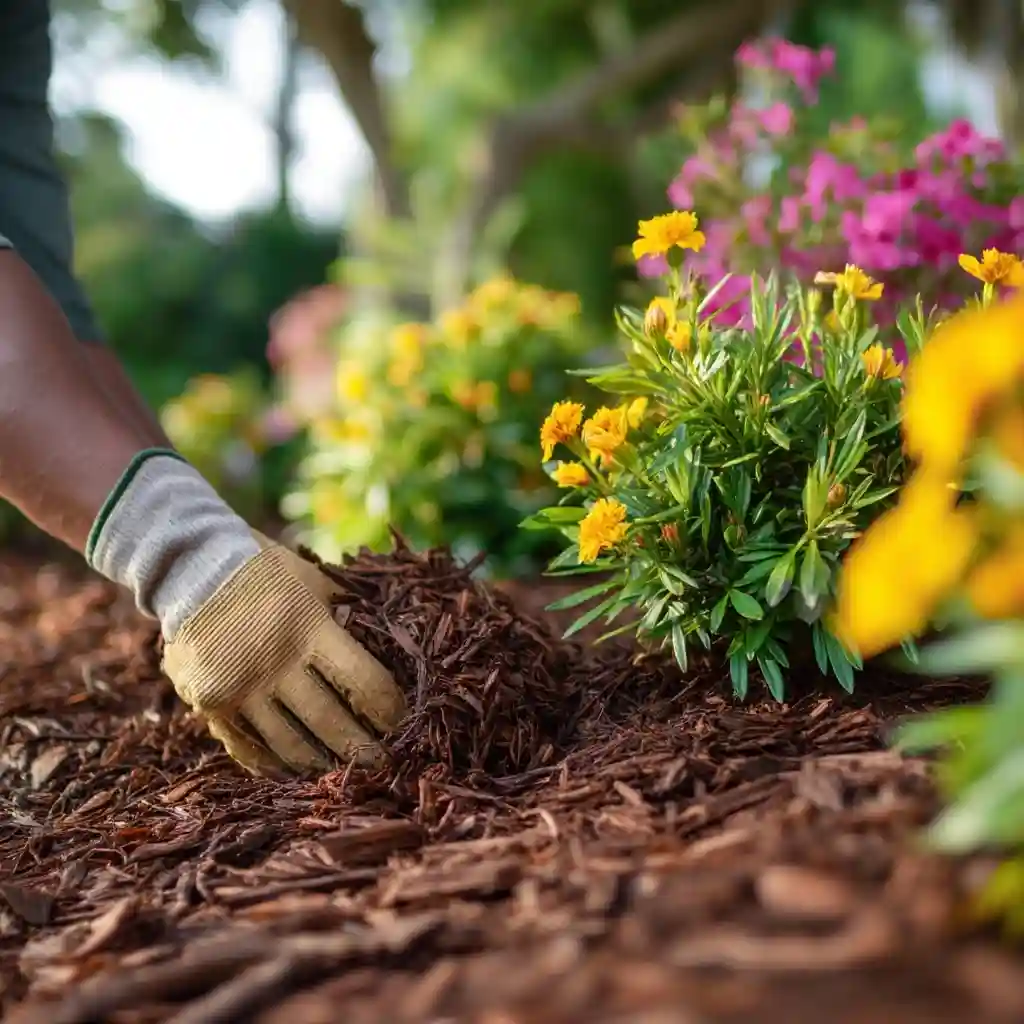
Mulch is one of the simplest and most effective low‑maintenance gardening tips to reduce yard work. A thick layer of mulch around trees, shrubs, and garden beds does far more than make your landscape look tidy.
- Suppresses Weeds: Mulch blocks sunlight from reaching weed seeds, reducing the amount of hand‑pulling or spraying needed.
- Retains Moisture: It slows evaporation, which means you’ll water less frequently during hot, dry spells.
- Regulates Soil Temperature: Mulch keeps roots cooler in summer and insulated during winter.
- Improves Soil Over Time: Organic mulch like shredded leaves, bark, or compost breaks down and enriches the soil naturally.
Apply 2–3 inches of mulch around your plants, keeping it a few inches away from stems or trunks to prevent rot. Refresh the top layer once or twice a year, and you’ll instantly cut back on weeding and watering.
Add Irrigation
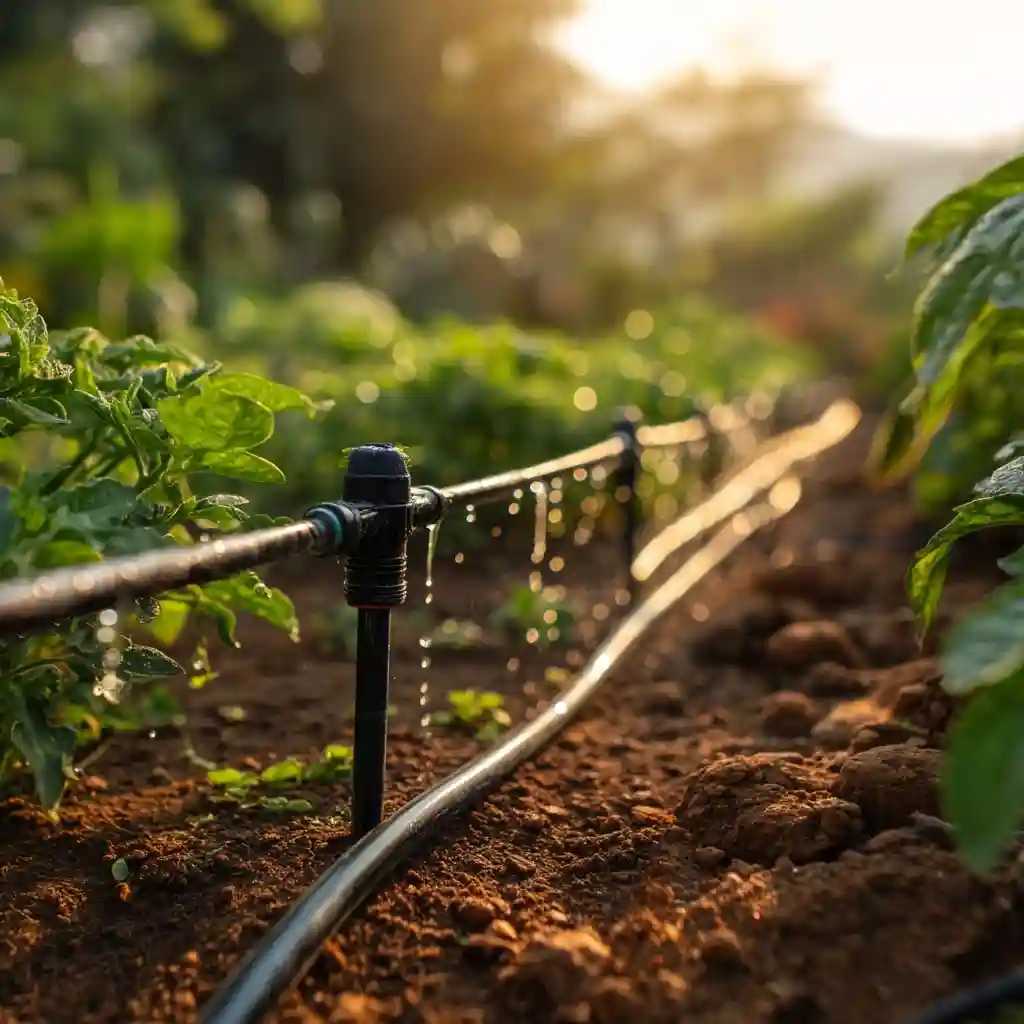
A well‑planned irrigation system can save you countless hours of manual watering while keeping your plants healthy. Automating this task is one of the most practical low‑maintenance gardening tips, especially for larger yards or busy homeowners.
- Install Drip Irrigation: Drip lines deliver water directly to the root zone, reducing waste and minimizing the risk of disease from wet foliage.
- Use Soaker Hoses: These are easy to set up and provide slow, deep watering without constant supervision.
- Consider Smart Timers: Modern irrigation timers can adjust schedules based on weather conditions, ensuring your garden gets the right amount of water automatically.
- Harvest Rainwater: Collecting water in barrels and routing it into drip systems is an eco‑friendly way to cut costs and effort.
With a reliable watering system, your plants thrive without the need for daily attention, freeing you to enjoy your garden instead of tending to it constantly.
Time‑Saving Maintenance
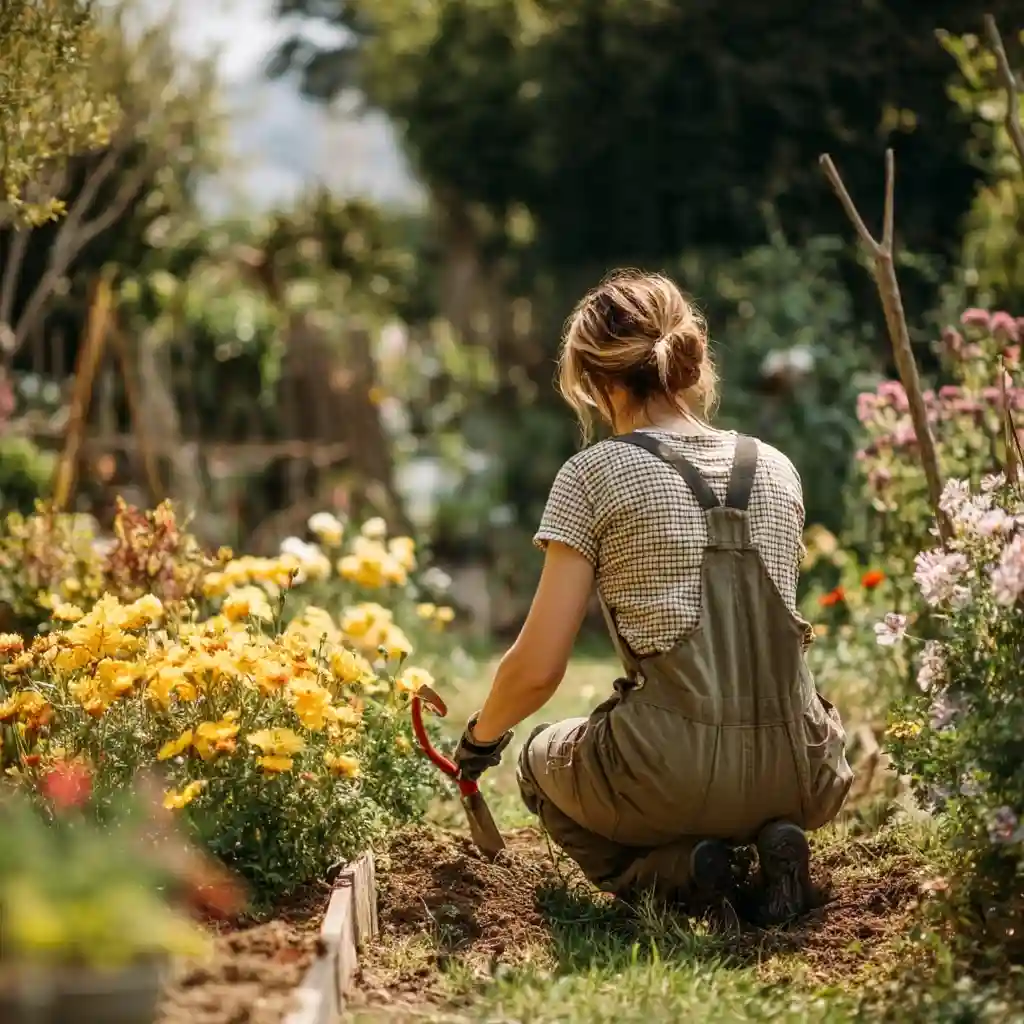
Even the most thoughtfully designed garden needs occasional care, but a few smart habits can keep your workload light. Implementing low‑maintenance gardening tips for routine upkeep ensures your yard stays beautiful without demanding constant effort.
- Prune Strategically: Focus on trimming only when necessary—late winter or early spring is ideal for many shrubs and trees. Avoid constant shaping or heavy cutting.
- Weed Regularly, but Quickly: A short weekly session is more effective than letting weeds take over, which then requires hours to fix.
- Group Plants with Similar Needs: Watering and fertilizing zones by plant type reduces guesswork and wasted effort.
- Use Self‑Cleaning Tools: Invest in quality pruners, hoses, and sprinklers that require minimal upkeep to stay in good condition.
- Seasonal Check‑Ups: A quick spring and fall inspection for damaged plants, broken irrigation lines, or compacted mulch prevents small problems from becoming big chores.
By establishing light but consistent maintenance habits, your garden will remain tidy and vibrant with just a fraction of the usual work.
Conclusion
Transforming your yard into a relaxing, easy‑care haven is achievable with the right approach. By following these low‑maintenance gardening tips—from improving your soil and choosing resilient plants to reducing lawn space and automating irrigation—you can create a beautiful outdoor space that thrives with minimal effort. A little planning now leads to a yard you can truly enjoy, rather than one that feels like a never‑ending chore.
🌿 Love gardening inspiration? Follow me on Pinterest for bold plant ideas, tips, and seasonal color!
More Posts
